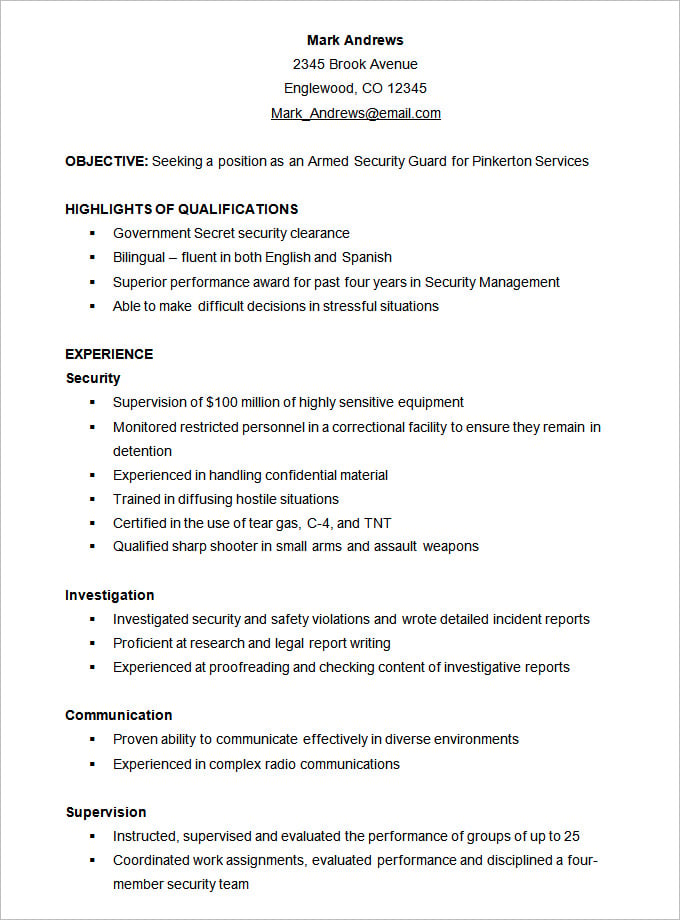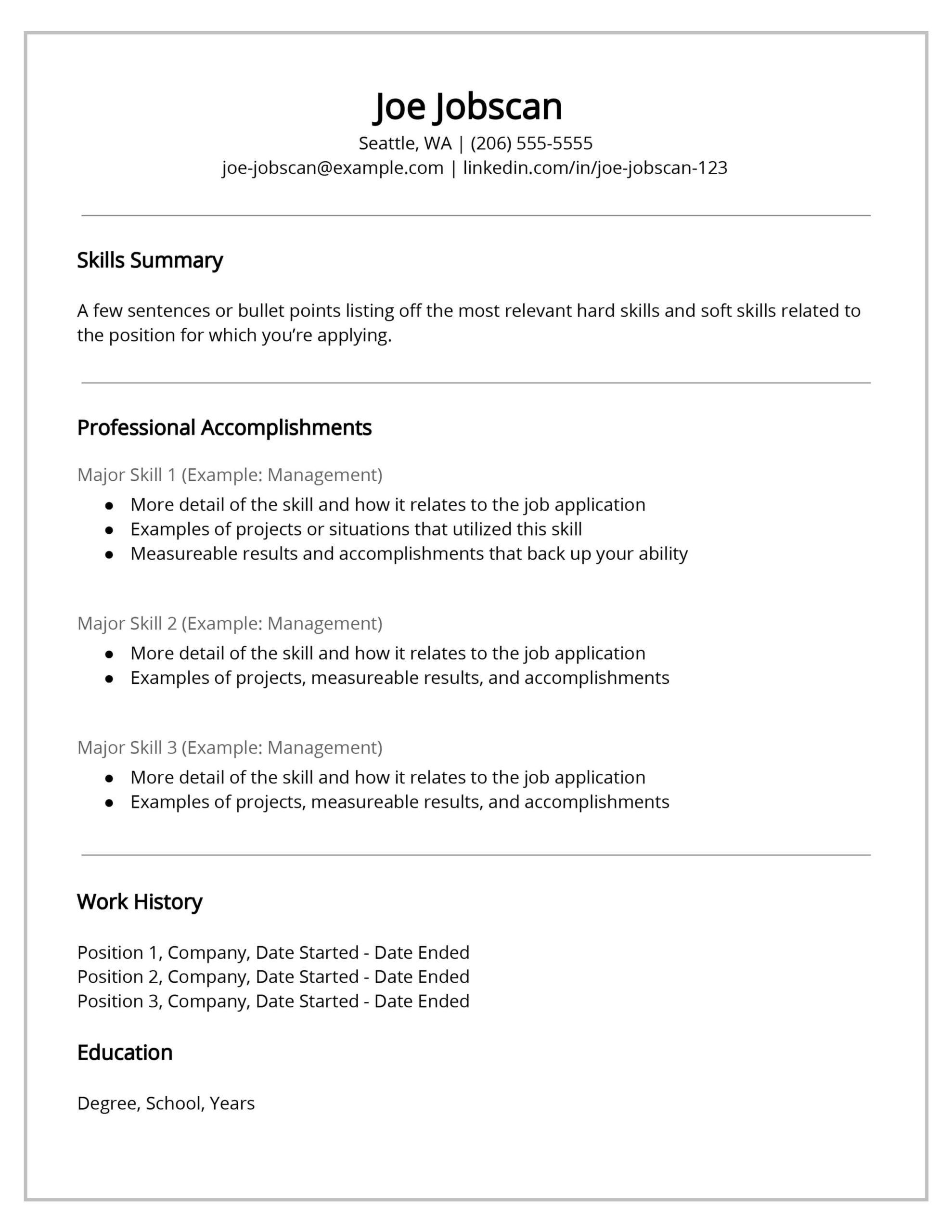
A functional resume is a type of resume that is designed to highlight an individual’s skills and abilities, rather than focusing on their chronological work history. This type of resume is particularly useful for career changers or those with gaps in employment, as it emphasizes transferable skills and showcases competencies relevant to the desired job, regardless of previous roles held.
Using a functional resume format can present themselves as qualified candidates based on their skills and abilities, rather than their prior work experience.
What is a Functional Resume?
A functional resume is a resume format that organizes an individual’s qualifications based on their skills and abilities, rather than their work history. This resume highlights an individual’s transferable skills and competencies, showcasing their qualifications for a specific job or industry. Rather than listing the individual’s work experience in chronological order, a functional resume focuses on the skills and abilities that are most relevant to the desired job.
For example, a career changer who is transitioning from a sales position to a marketing role may use a functional resume to highlight their skills in market research, social media management, and content creation, even if they do not have direct experience in these areas. By emphasizing their transferable skills and competencies, the individual can demonstrate their ability to succeed in the new role, despite not having a traditional marketing background.




Why Use a Functional Resume?
There are several reasons why individuals may choose to use a functional resume:
- Career Change: A functional resume allows individuals to highlight their transferable skills and competencies that are relevant to the desired job, making it easier to transition into a new career or industry.
- Gaps in Employment: For individuals with gaps in their employment history, a functional resume can help to downplay these gaps by focusing on their skills and abilities, rather than the dates of their previous roles.
- Emphasizing Transferable Skills: A functional resume allows individuals to showcase their transferable skills and competencies that apply to the desired job, even if they do not have direct experience in that specific role.
- Highlighting Relevant Achievements: By organizing the resume based on skills and abilities, individuals can highlight their most relevant achievements and accomplishments, rather than listing their work experience in chronological order.
Overall, a functional resume is a valuable tool for individuals who want to emphasize their skills and abilities, rather than their chronological work history, making it particularly useful for career changers or those with gaps in employment.
How to Create a Functional Resume
Creating a functional resume involves several steps:
1. Start with a Strong Summary
Begin your resume with a strong summary that highlights your key skills, abilities, and qualifications. This summary should be concise, yet impactful, and should provide a clear overview of your qualifications for the desired job.
2. Organize Skills and Abilities
Next, organize your skills and abilities into relevant categories. This could include categories such as “Technical Skills,” “Leadership Experience,” or “Project Management Skills.” Within each category, list specific skills and abilities that are relevant to the desired job.
3. Provide Examples and Evidence
For each skill or ability listed, provide specific examples and evidence of how you have demonstrated that skill or ability in the past. This could include achievements, projects, or specific tasks that showcase your competency in that area.
4. Include a Work History Section
While a functional resume does not focus on work history, it is still important to include a brief work history section. This section should list your previous employers, job titles, and dates of employment. However, instead of providing detailed descriptions of your roles and responsibilities, focus on the skills and abilities that you utilized in each position.
5. Highlight Education and Training
In addition to your skills and abilities, highlight your education and any relevant training or certifications. This can help to further showcase your qualifications for the desired job.
6. Customize for Each Job Application
Finally, customize your functional resume for each job application. Review the job description and identify the key skills and qualifications that the employer is looking for. Tailor your resume to highlight these specific skills and abilities, making you a stronger candidate for the role.
Tips for Successful Functional Resumes
Here are some tips to create a successful functional resume:
- Be Strategic: Choose skills and abilities that are most relevant to the desired job and showcase your qualifications for that specific role.
- Provide Evidence: Back up your skills and abilities with specific examples and evidence of how you have demonstrated those qualities in the past.
- Keep it Concise: Focus on the most important skills and abilities, and keep the resume concise and easy to read.
- Tailor for Each Job: Customize your functional resume for each job application, highlighting the specific skills and abilities that the employer is looking for.
- Proofread: Always proofread your resume for any errors or typos before submitting it.
By following these tips, you can create a successful functional resume that highlights your skills and abilities, making you a strong candidate for the desired job.
Functional Resume Template – Download